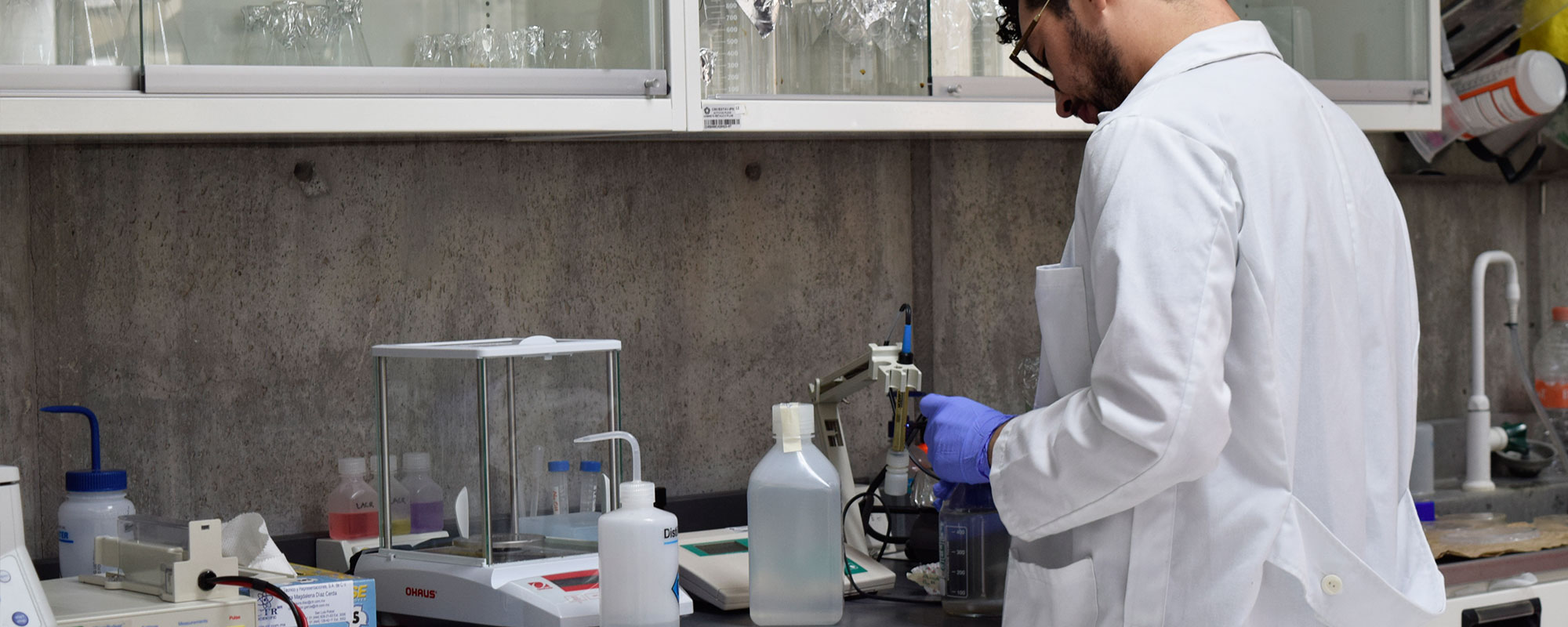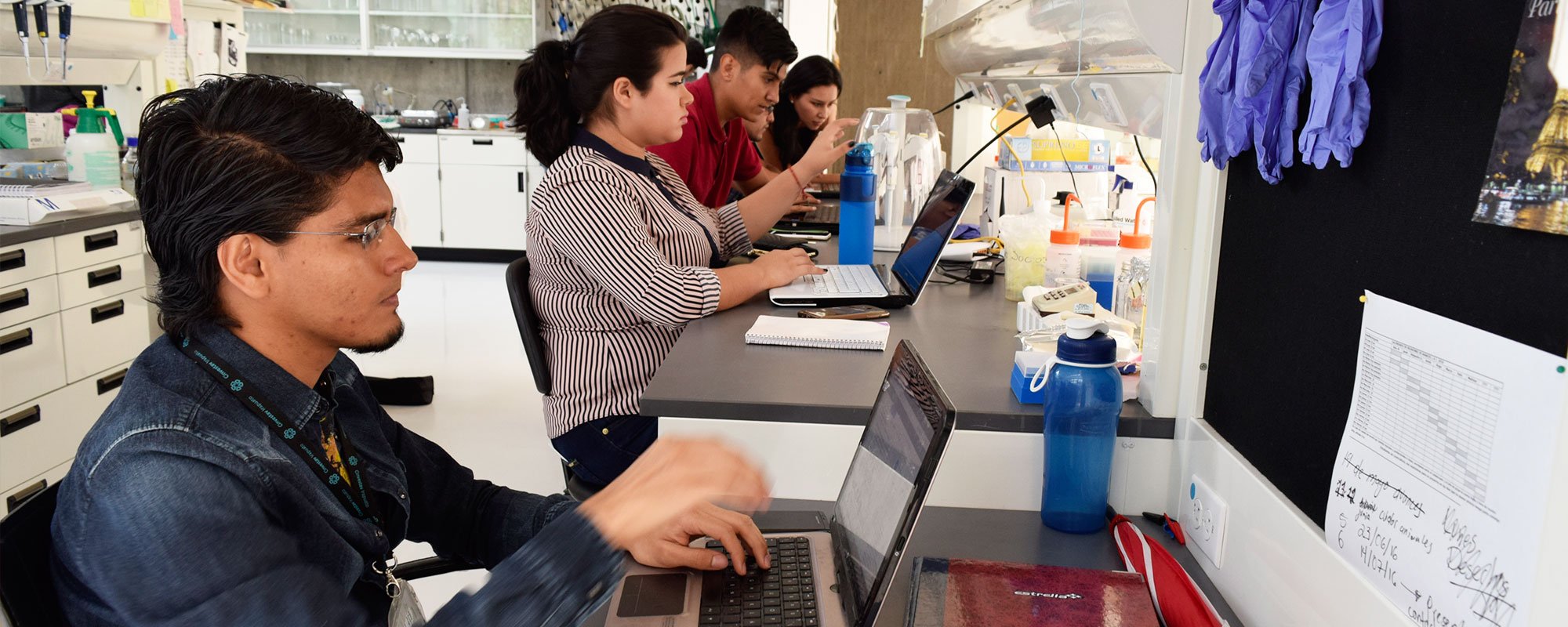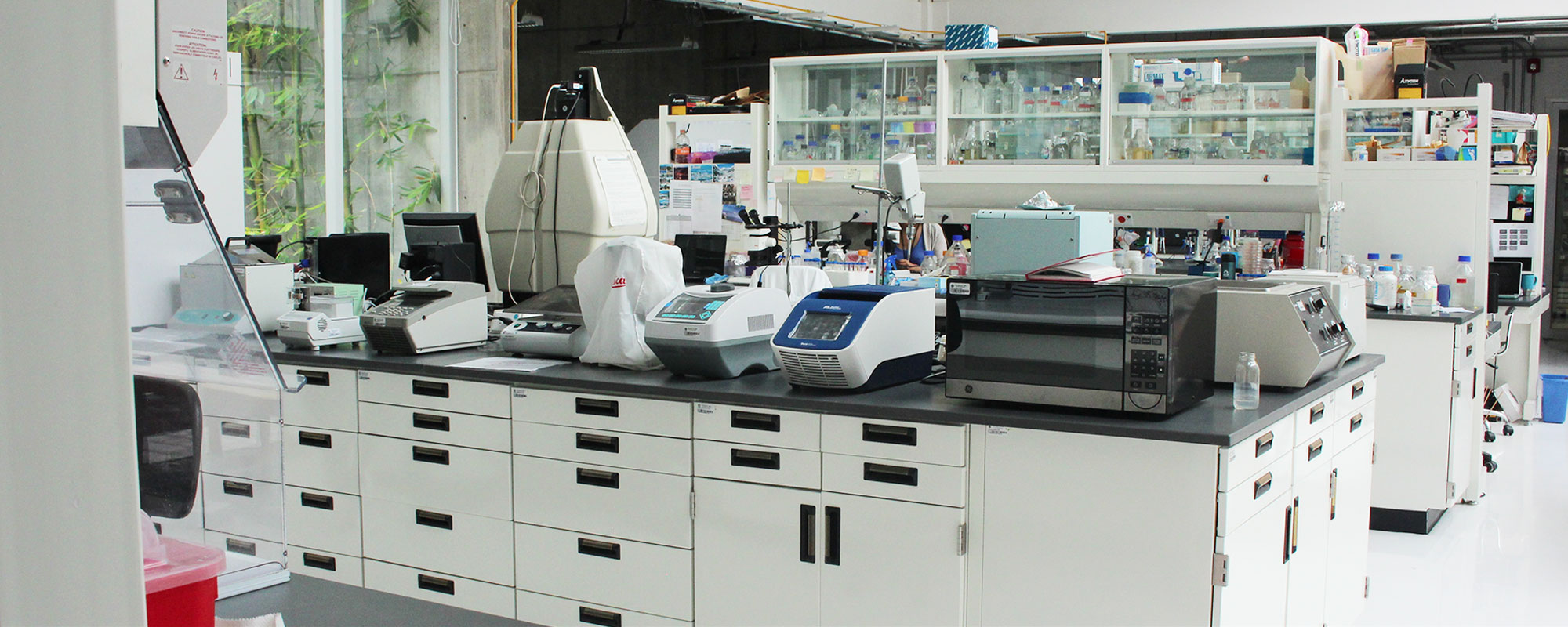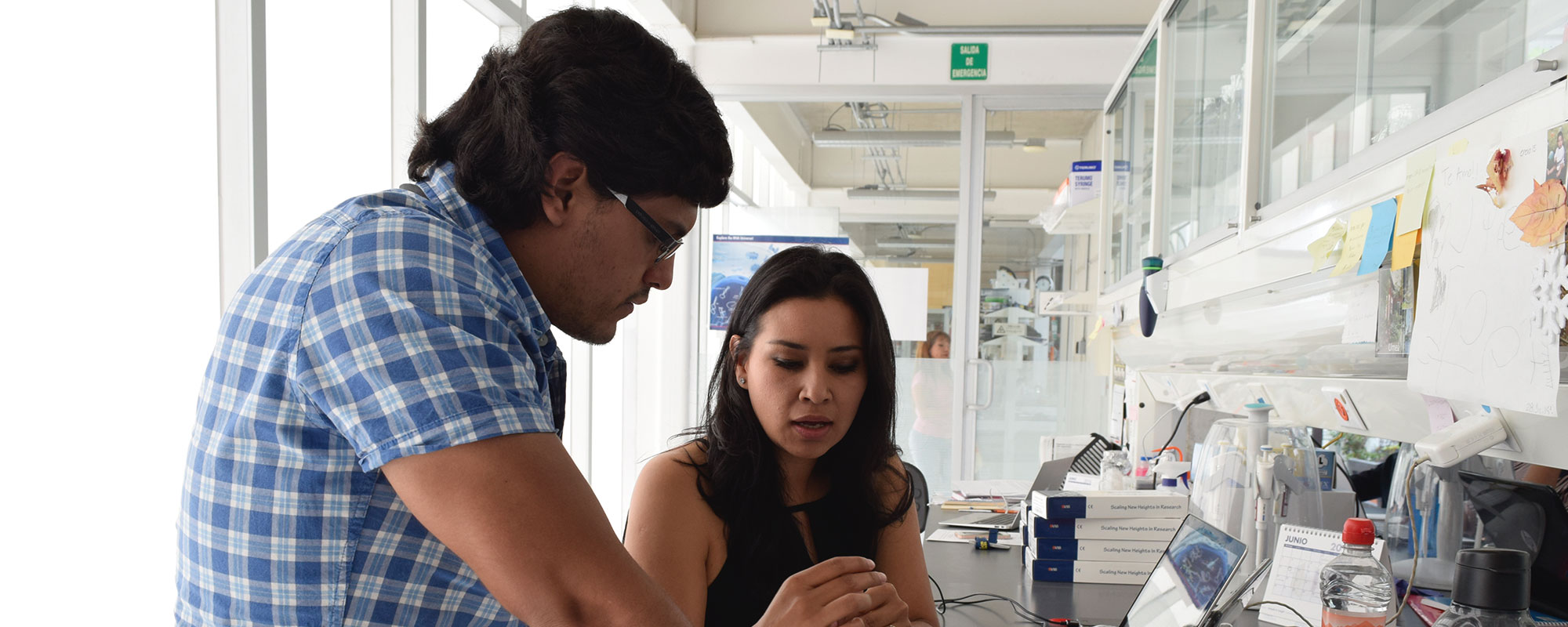Molecular and Developmental Complexity Group
(Cruz Lab)
The major goal of our research is to elucidate the molecular mechanisms underlying cell reprogramming events and their influence in developmental complexity.
Plants and animals have integrated different regulatory processes to tightly control in time and space key molecular factors during diverse cell reprogramming events. For example: i) cell transitions from Stem Cells (SCs) to differentiated daughters in stem cell niches, ii) dedifferentiation and transsdiferentiation and quiescence in the context of developmental processes such as regeneration and metamorphosis.
By using genomic, transcriptomics. Molecular Genetics and EvoDEvo approaches, our research lines mainly focuse on:
- A multidisciplinary approach for the study of Mexican salamanders from the Ambystoma genus with focus on the molecular networks that define processes such as Metamorphosis, Regeneration and stemness.
- The study the evolutionary conservation in plants of minimal molecular tool kits for cell reprogramming processes, with emphasys in asymmetric cell division (ACD) of Stem Cells.
Our Group is part of the National Laboratory of Genomics for Biodiversity, a new Unit of CINVESTAV. Its goal is to bring together interdisciplinary groups to carry out cutting-edge research and to generate genetic knowledge about Mexican biodiversity that could lead to its sustainable use. Mexico is one of five countries in the world with the largest biological diversity. Potential uses of such diversity in medicine, agriculture, and industry represent an invaluable resource for the country.
Sequencing and functional analyses of the genome (the group of genes or hereditary information of an organism) are one of the most powerful approaches to characterize such diversity and explore potential applications. However, until very recently, Mexico did not have the human and material resources needed to determine genome sequence of complex genomes. As a response to this important requirement, Cinvestav decides to create the National Laboratory of Genomics for Biodiversity (Langebio).
By using genomic, transcriptomics. Molecular Genetics and EvoDEvo approaches, our research lines mainly focuse on:
- A multidisciplinary approach for the study of Mexican salamanders from the Ambystoma genus with focus on the molecular networks that define processes such as Metamorphosis, Regeneration and stemness.
- The study the evolutionary conservation in plants of minimal molecular tool kits for cell reprogramming processes, with emphasys in asymmetric cell division (ACD) of Stem Cells.
Our Group is part of the National Laboratory of Genomics for Biodiversity, a new Unit of CINVESTAV. Its goal is to bring together interdisciplinary groups to carry out cutting-edge research and to generate genetic knowledge about Mexican biodiversity that could lead to its sustainable use. Mexico is one of five countries in the world with the largest biological diversity. Potential uses of such diversity in medicine, agriculture, and industry represent an invaluable resource for the country.
Sequencing and functional analyses of the genome (the group of genes or hereditary information of an organism) are one of the most powerful approaches to characterize such diversity and explore potential applications. However, until very recently, Mexico did not have the human and material resources needed to determine genome sequence of complex genomes. As a response to this important requirement, Cinvestav decides to create the National Laboratory of Genomics for Biodiversity (Langebio).







